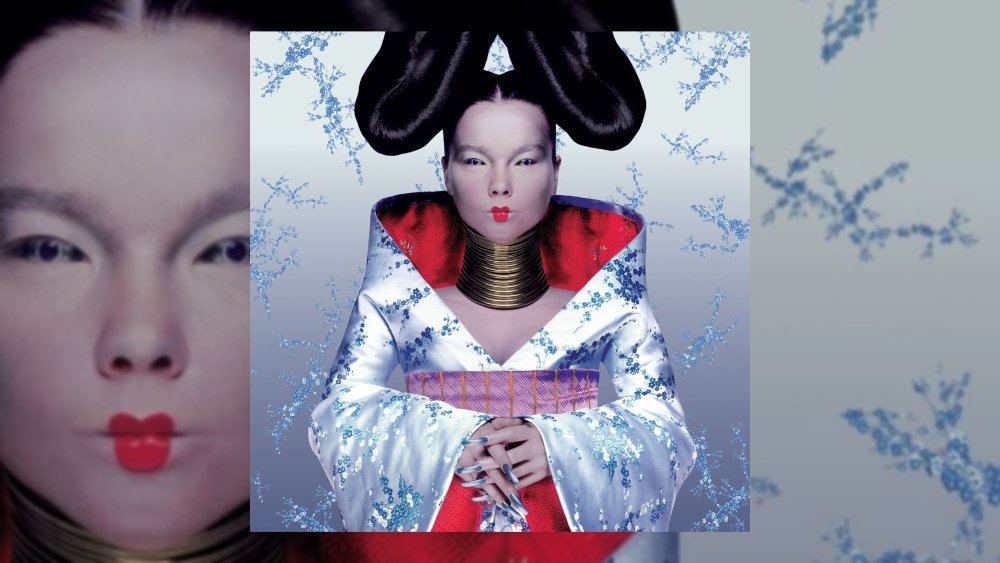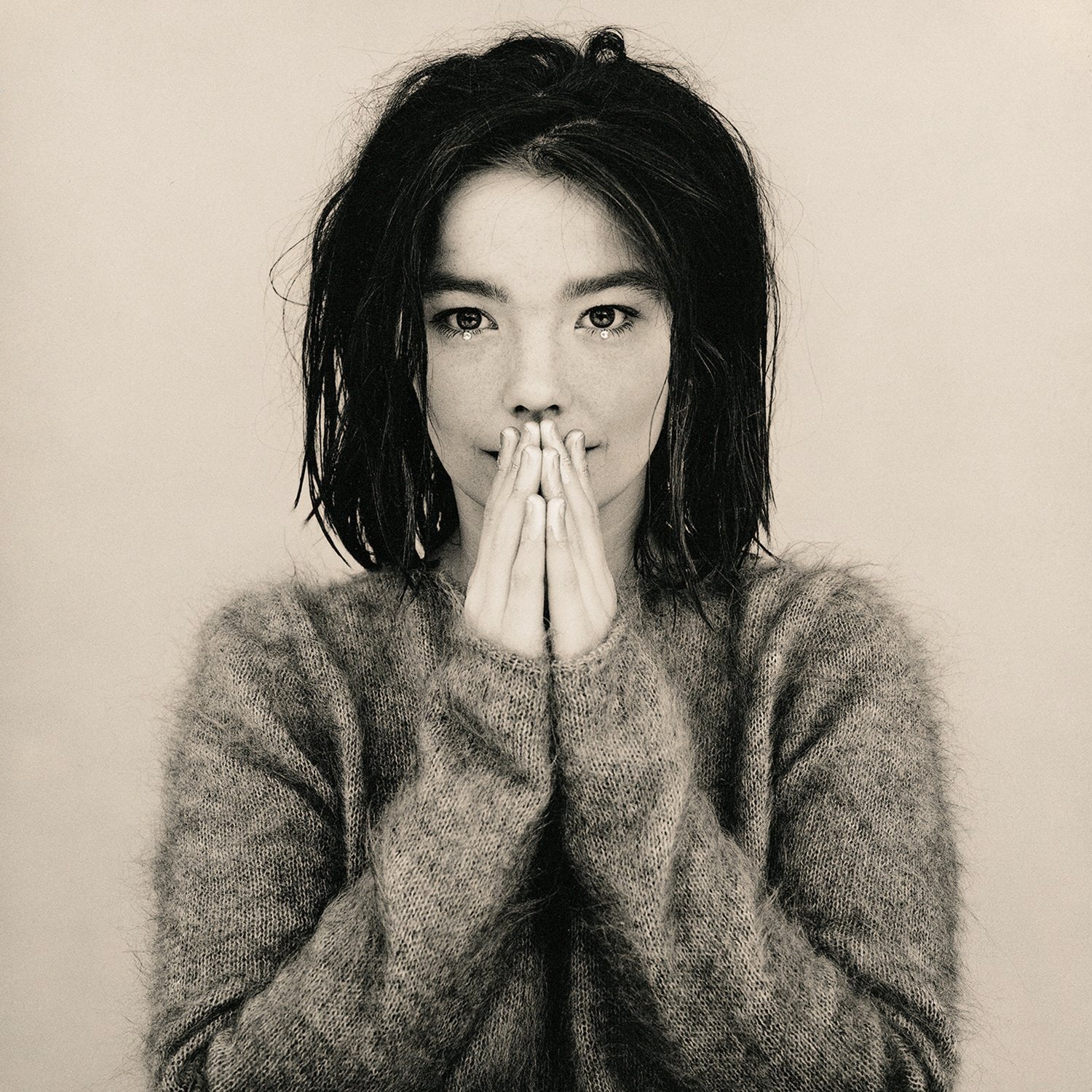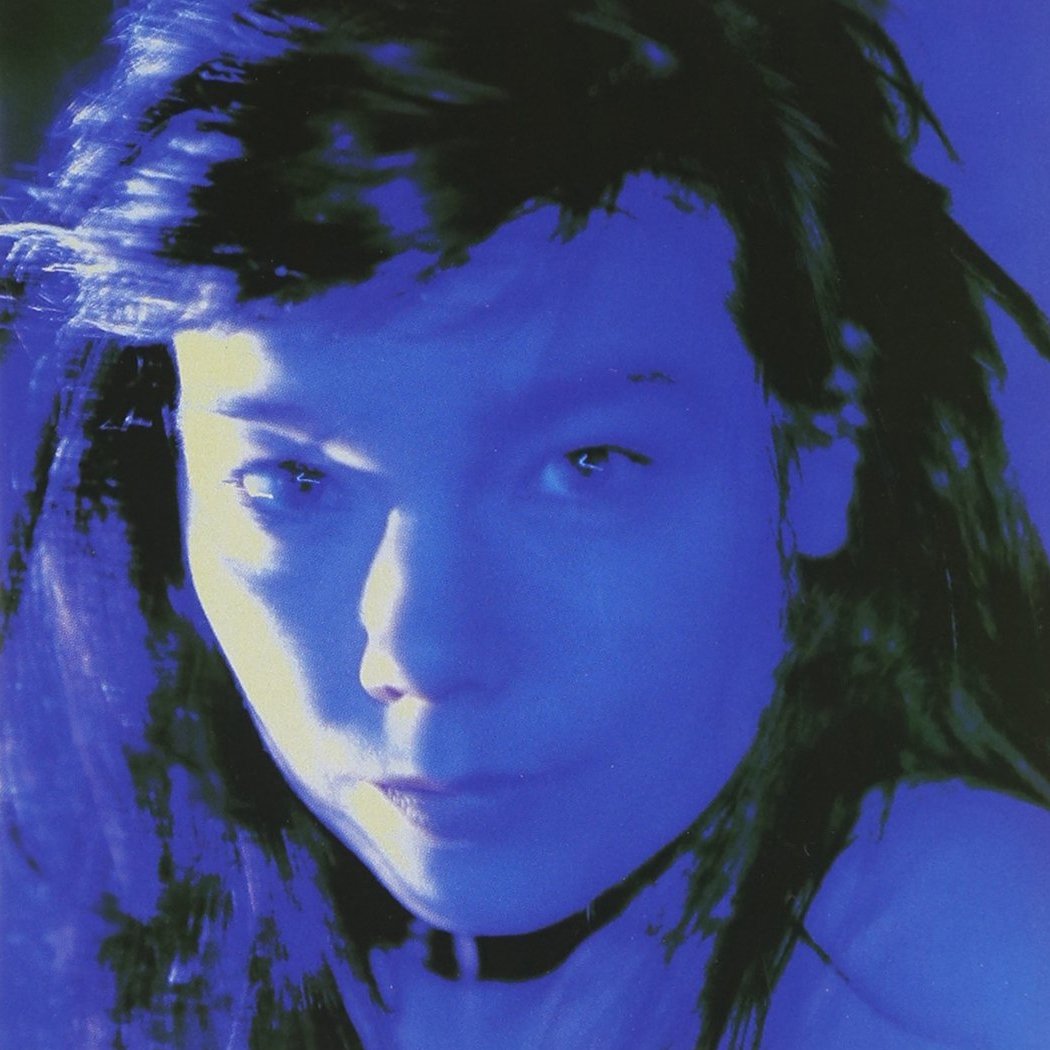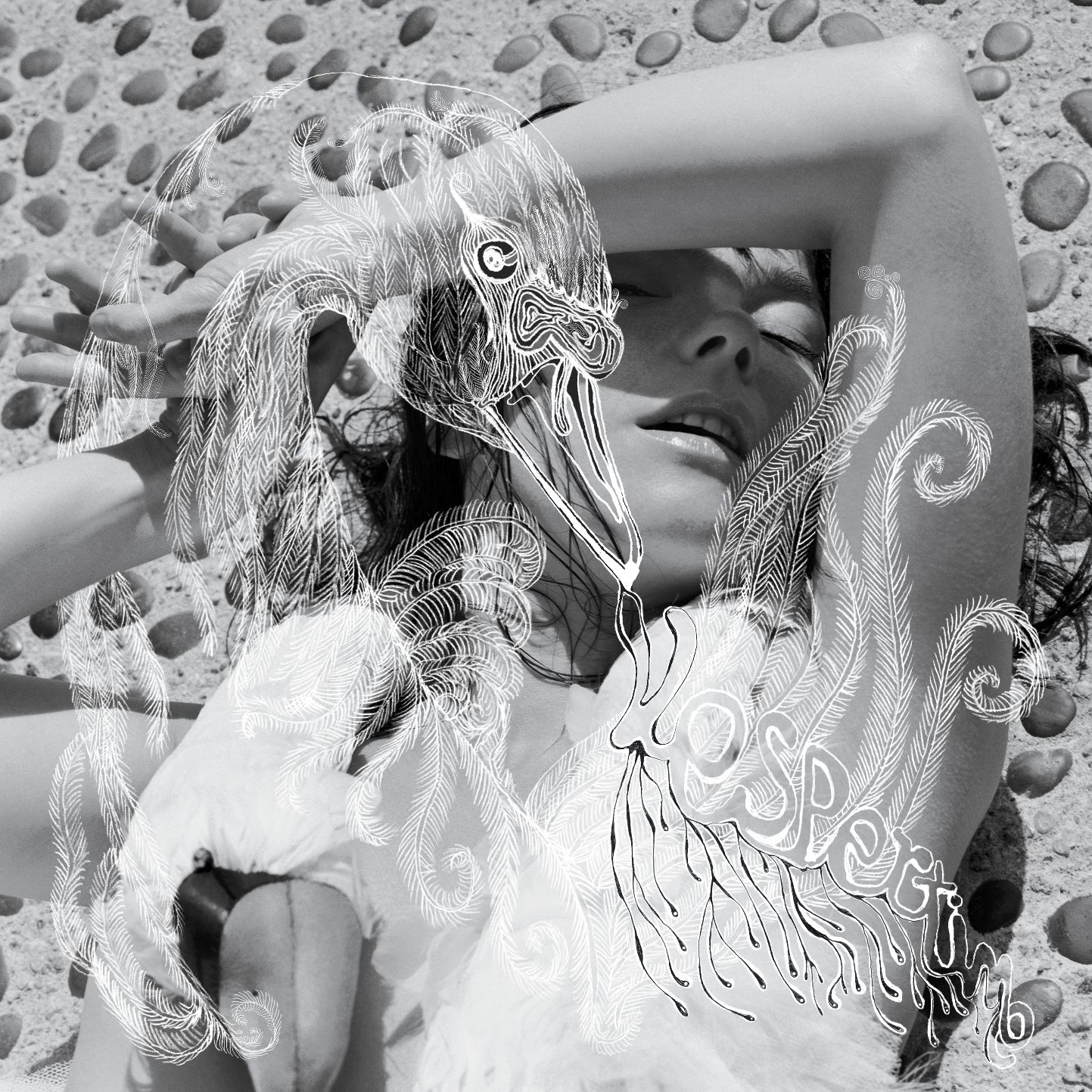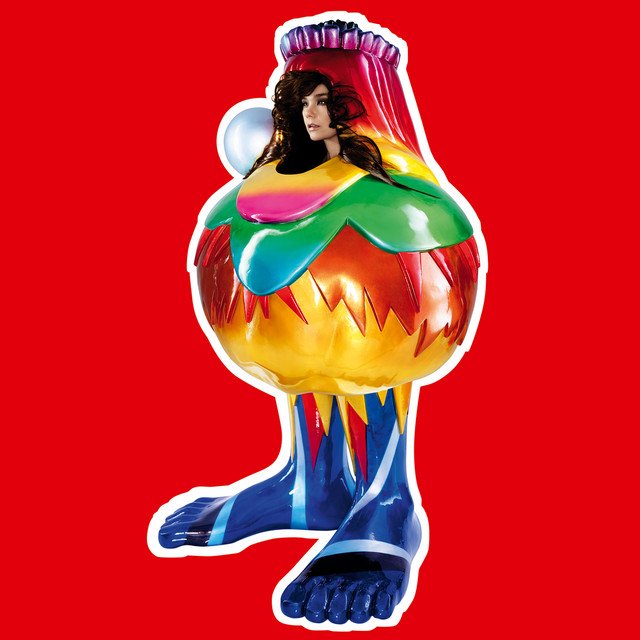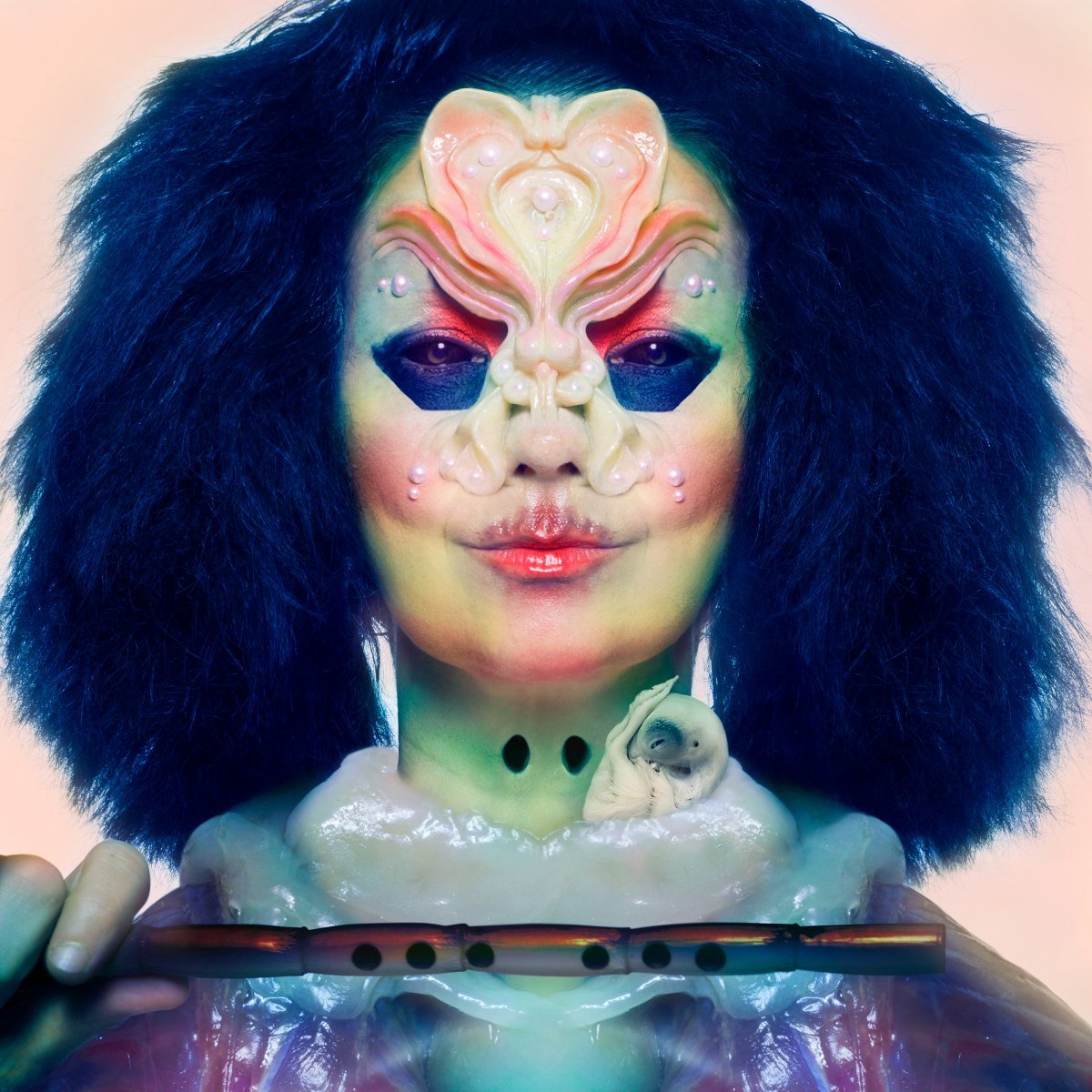Happy 25th Anniversary to Björk’s third studio album Homogenic, originally released in Japan September 20, 1997, in the UK September 22, 1997 and in the US September 23, 1997.
In September of 1997, Björk unleashed her third album, Homogenic. The album came out of an extraordinary four-year period that saw her first two albums―Debut (1993) and Post (1995)―mesmerize music pundits and bedrock a fan base that would buoy all future endeavors from the Icelandic singer, lyricist and visual artist.
And how to describe what came before? Manic? Giddy? Clubby? Worldly? Yes. Debut and Post were art-pop totems of the 1990s. Homogenic was infinitely more experimental and introverted, arguably the antithesis of Debut and Post. Instead, the critically lauded project balanced itself on love and the mystique of her home country, Iceland. The album was a cautionary rejoinder to the public scrutiny Björk suffered in the wake of her popularity. This vertiginous interest in the vocalist frighteningly culminated with a stalker, Ricardo López, threatening Björk before taking his own life in September 1996.
Five singles took Homogenic's message into the world, starting with “Jóga” at the outset of the fall of 1997 and continued on with “Bachelorette,” “Hunter” and “Alarm Call. The fifth and final single, “All Is Full of Love,” made its pilgrimage to the charts in the early summer of 1999. The commercial ground Björk had gained with “Play Dead,” “Violently Happy,” “Army of Me” and “It’s Oh So Quiet”―particularly in the United Kingdom―was summarily lost with Homogenic’s offerings. It was a necessary sacrifice, popular music industry trade and protocol were the least of Björk's concerns at this juncture.
The fusion of electronica and symphonic variables could not be extracted and held to the medium of a CD maxi-single. Homogenic was an album to be experienced in its entirety. A mini-orchestra, conducted by Isobel Griffiths, creates the album's stormy currents―the string instruments alone nearly numbering 30 when tallied. The scale of “Hunter,” “Jóga” and “Bachelorette” cannot be touted as anything less than cinematic. Topped with Björk's voice, a wild force all its own, listening is like watching a private dance between the artist and her music.
Listen to the Album:
Songs such as “All Neon Like,” “5 Years” and “Pluto” tilted primarily toward the inorganic, unlike the other amalgamations abounding on the LP. The digital effects of each track set themselves to the mood of Björk's voice, as influenced by her lyrics. “All Neon Like?” Reserved, questioning, ambient. “5 Years?” Resentful, angry, violent. “Pluto?” Jittery, nervous, raucous.
These compositions, like all the others, have their production overseen by Björk herself and Mark Bell, the collaborators finding a respective muse in the other. Bell would design several key post-Homogenic projects with Björk. The album left room for additional songwriting and production support though; Sjón, Guys Sigsworth, Markus Drav and Howie B gladly came on board to assist.
Certified gold in the United Kingdom, America and Canada, Homogenic was toured, but the live presentation of the record was not without difficulties. Björk’s health complications led to a string of cancellations along the tour. But the show went on and finished strongly.
Fellow Icelandic poet and lyricist Sjón was one of several guests invited to participate in Björk, a 2013 book overseen by Klaus Biesenbach and Alex Ross. The commemorative volume was a lush companion to her then-exhibit at New York City’s famed Museum of Modern Art. Sjón noted recollections of each studio affair with Björk and of Homogenic he wrote, “One day the girl woke up to a new feeling / She wasn’t whole anymore / Or rather, she realized, she wasn’t made of one thing, but many / In the mirror, she saw a girl who had become a collection of all the diverse influences she had embraced / Rhythms shaped like obscure-half gods / Fragrances exploded like fireworks once they reached the brain / Words used to describe moods belonging to southern latitudes / Fabrics that spoke of eastern flora / Melodies that twirled like smoke from incense…”
Sjón’s thoughts, abstruse as they are, also yield to Björk’s own alien, musical erudition. Appropriate qualifiers to define the sounds of Homogenic can only fall on the shoulders of words like exhilarating and astonishing. Again, Homogenic is not Debut or Post, but all three records share an obdurate creative essence that join these records as a pop triptych that’s still untouched.
LISTEN:
Enjoyed this article? Click/tap on the album covers to explore more about Björk:
Editor's note: this anniversary tribute was originally published in 2017 and has since been edited for accuracy and timeliness.

